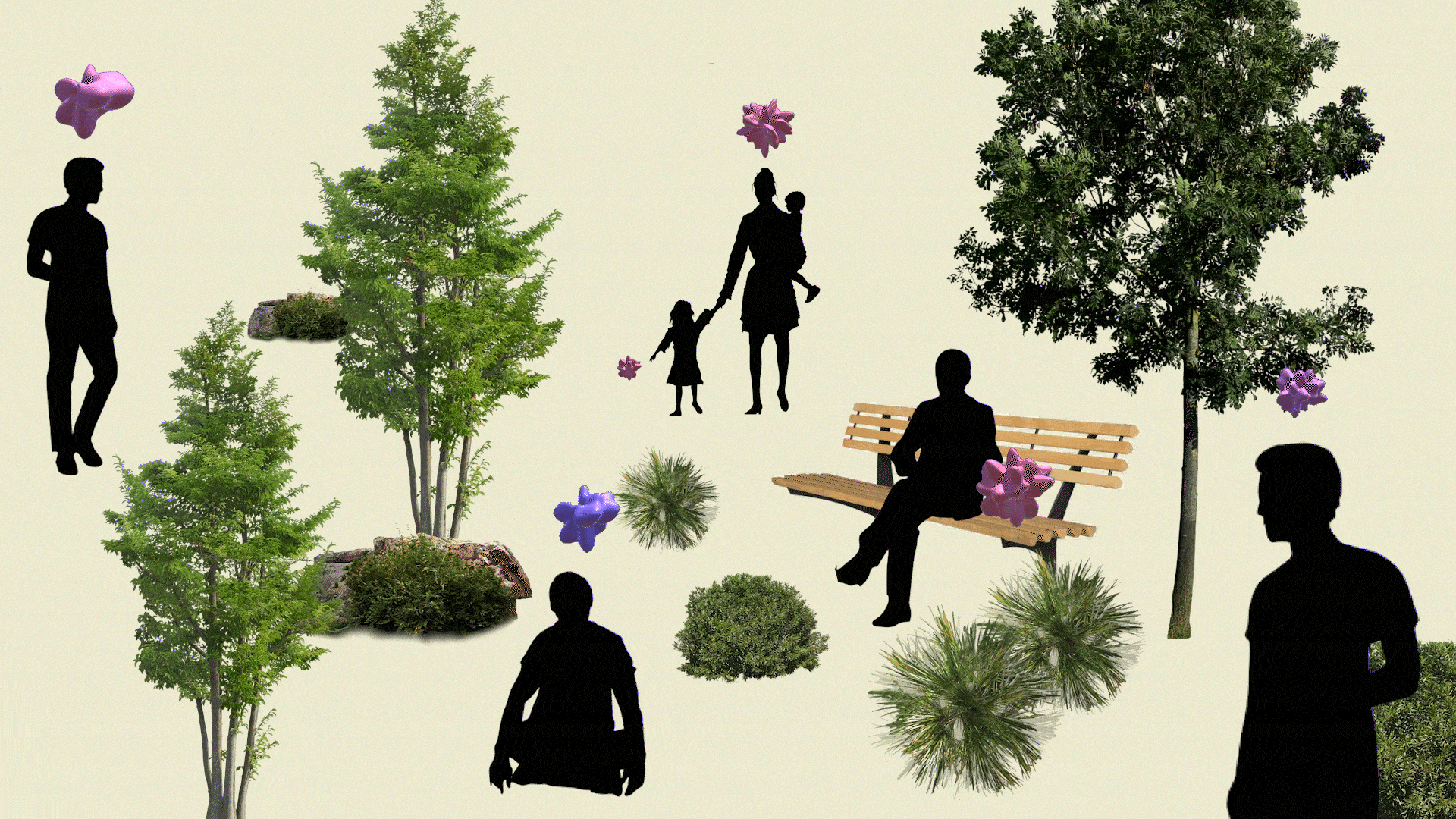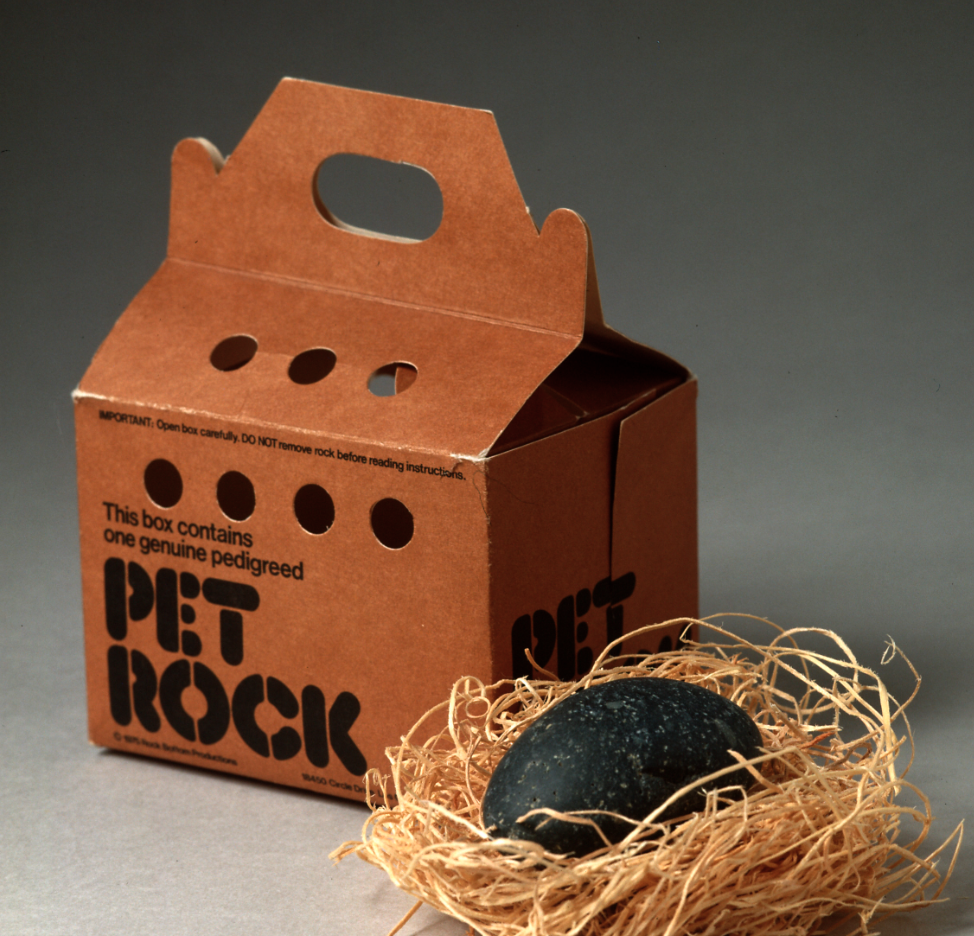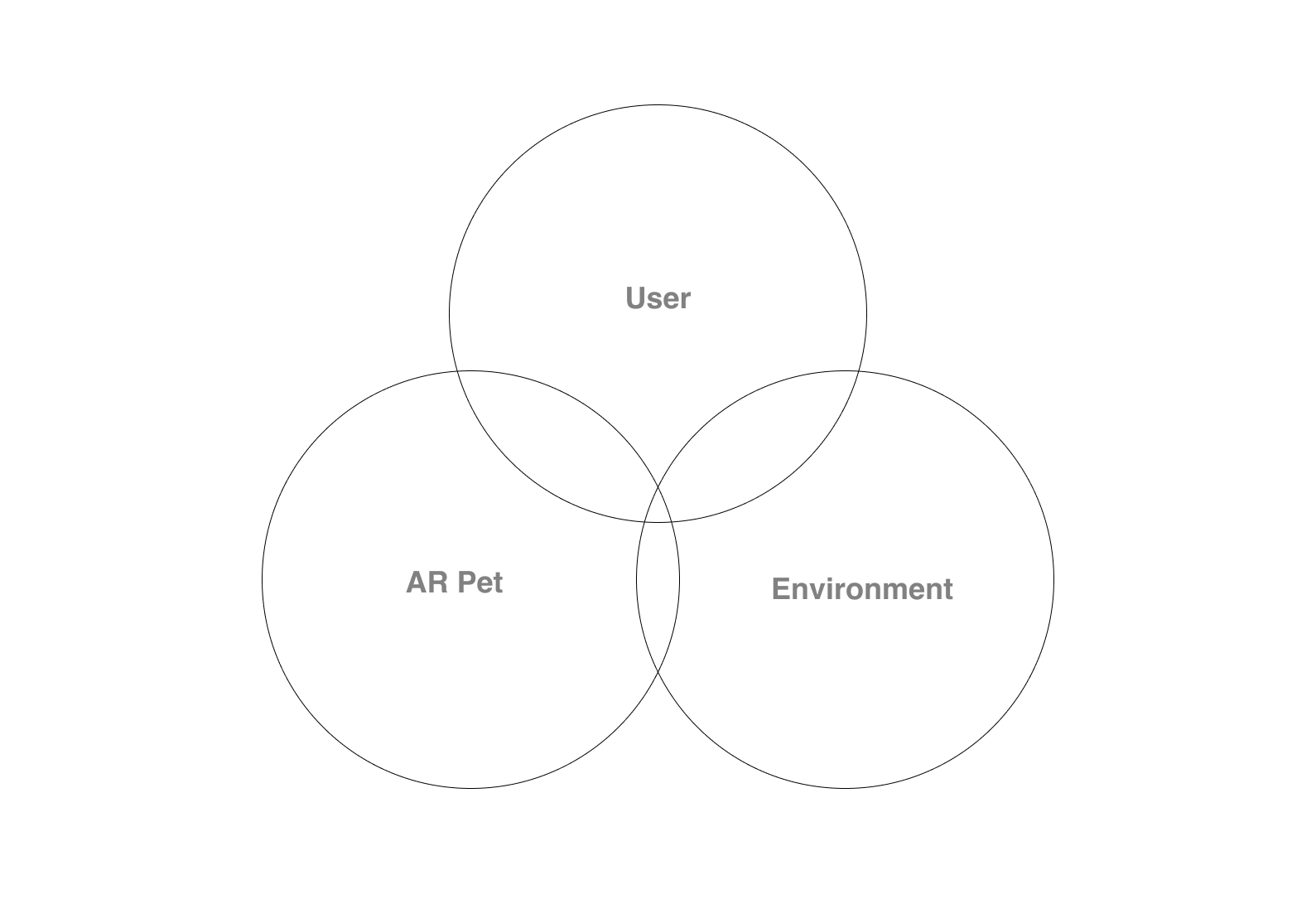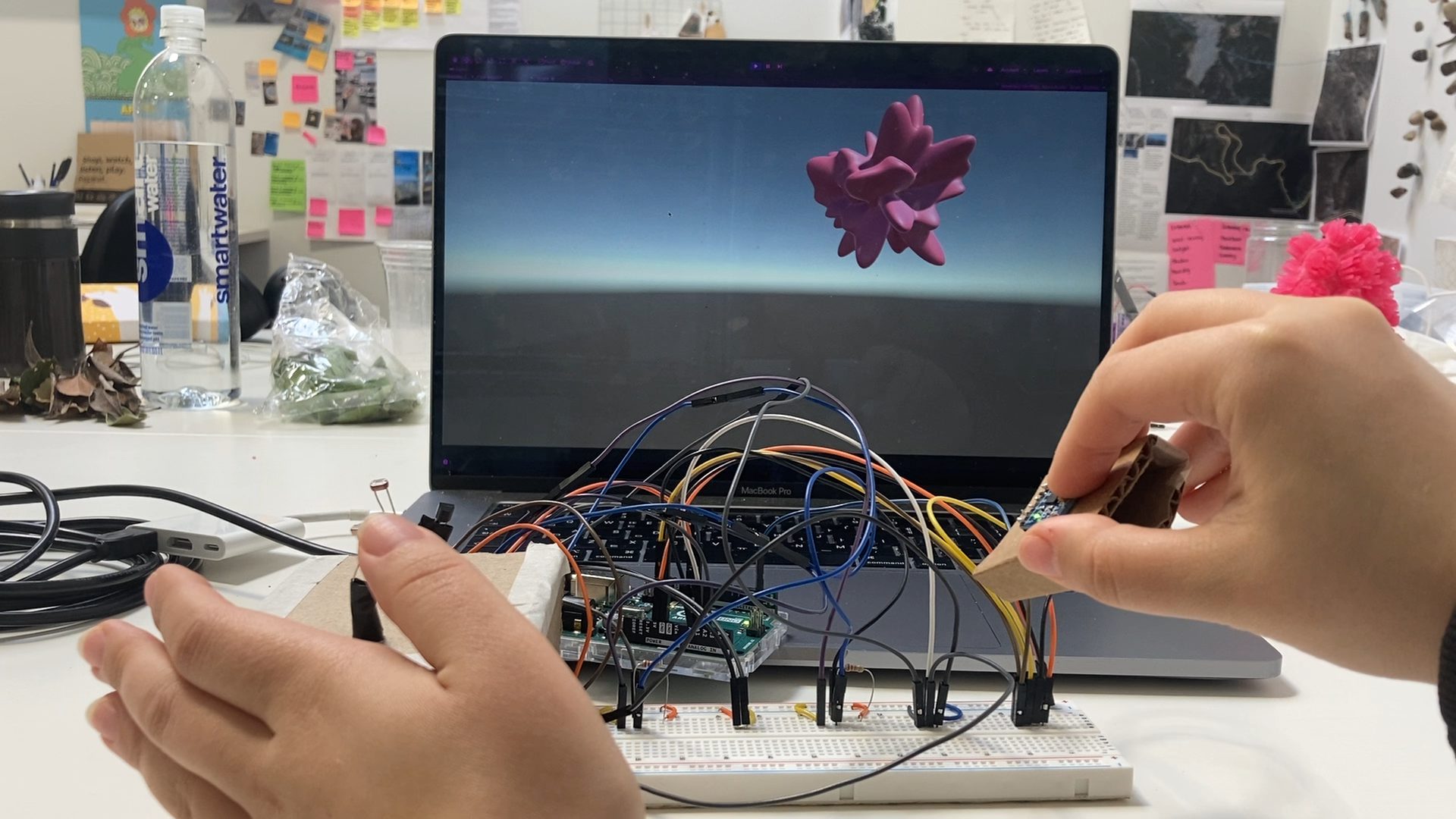AR Pet
2023.04 (3 weeks)
#XR Interaction Design
Program: Arduino, Unity, Vuforia
Device: Distance Sensor, Light Sensor, Temperature Sensor, Accelerometer Gyroscope Sensor, Arduino
Design Skill: Prototype, Physical computing, Physical Craft Design
What if we could control AR based on data from our daily lives?
Can we have a pet without any sadness? How can we design a more interactive AR pet with users?
AR pet is formed by how much light I am exposed to in my daily life, at what temperature I am present,
and how far I am from others. This pet may be another self.
Sketch: AR pet in the park
This AR pet makes its wearability feasible in the future. This also creates a story about AR's personality. If the person wearing these AR pet sensors gets too close to others (distance sensor), the pet becomes shy and small. Also, if you are in a dark space (light sensor), this pet recognizes it as night, reducing its activity. Also, if they are at a lower temperature (temperature sensor), this pet has a slightly more blue color, and if they are at a higher temperature, AR pet has a slightly more red color. Finally, all movements of this pet (accelerometer gyroscope Sensor) can be controlled by the user.
Why do we need AR Pet?
Pet - Human
68%
of U.S. households, have a pet
Especially,
86%
of pet owners said their pets have a mostly positive impact on their mental health.
Benefits of having a pet
Decreased stress
Improved heart health
Decreased loneliness
Boosts mood and helps children with their emotional and social skills
Get more exercise
Maintain structure and routine
Focus on living in the moment
Meet new people
Reasons
Help reduce stress and anxiety (69%).
Provide unconditional love and support (69%)
Offer companionship (69%).
Provide a calming presence (66%).
Are true friends (63%).
(Resource: American Psychiatric Association,
National Institutes of Health)
However,
Problem 1. Abandonment
Roughly,
6.5 million
But only,
animals enter shelters
each year.
3.2 million
are adopted.
(American Society for the Prevention of Cruelty to Animals, 2023)
Problem 2. Maintenance
54%
of dog owners have regrets about getting a dog.
(Forbes advisor research)
Problem 3. Trauma of loss
“There is an abundance of research on the physical and mental benefits of having a pet and/or utilizing an animal in therapy. However, the loss of that companion can be devastating and traumatic. Humans develop a lasting attachment with their pets, which hurts them at the loss of the pet. Regardless of the manner of death, a pet owner may perceive the death as traumatic and experience distress or exhibit post-traumatic stress symptoms.”
(Schroeder, K. L. & Clark, S. W. (2019, December). Traumatic pet loss.)
Digital Pet - Human
Digital pets have been emerging that reduce the burden of maintenance and cause less trauma of loss but retain the effects of bonding and pleasure with humans.
Design Process
Shape of AR pet : Type of pet
I delved into researching existing pets to shape my AR companion. The majority comprise of familiar ones like dogs and cats. Birds, fish, guinea pigs, rabbits, chinchillas, snakes, and insects make popular choices. Interestingly, plants are marketed as pets, and even non-living stones are sold in the pet category. This underscores the evolving concept of pets, emphasizing the significance of the bond, whether living or not.
The majority of pet-related technology revolves around pixelated characters like Tamagotchi or augmented reality (AR) representations of animals such as dogs or cats, mimicking the appearance of real pets. Additionally, there are characters designed as imaginary creatures that leverage the advantages of AR or undergo transformations as they progress in their development.
(A. B. C. News, “The Pet Rock Captured a Moment and Made Its Creator a Millionaire,” ABC News, accessed November 7, 2023)
Design decision.
What if it doesn’t look like a pet we know in real life?
What if AR features allow it to flexibly change its shape?
With those design decisions, I started with a simple shape, the sphere.
Elements of AR pet
User: Users themselves affect AR Pet.
- Where the user goes
- Who the user meets
- How the user movesEnvironment: The environment affects AR pets.
- Temperature
- Lighting
- CrowdsAR Pet: AR pet changes itself to the user’s environment.
- Shape
- Color
- Location
Design decision.
What if this AR pet can be controlled by my daily life?
Prototype
Process 1:
First, I tested controlling objects through sensors using Unity and Arduino. Three light sensors were used to test the effect of color, size, and rotation according to the value of the light sensor.
Process 2:
After that, three light sensors were used in the same way, but size, color, and noise were tested.
Process 3:
Finally, I tested various sensors. I changed the size of the object according to the distance sensor value, the noise intensity of the object according to the light sensor value, and the color of the object according to the temperature sensor value. It also uses the accelerometer Gyroscope Sensor sensor for rotation and movement, leaving open the possibility that all of these sensors could be transformed into wearable, allowing the actual person wearing these sensors to move or physically move this AR pet.












